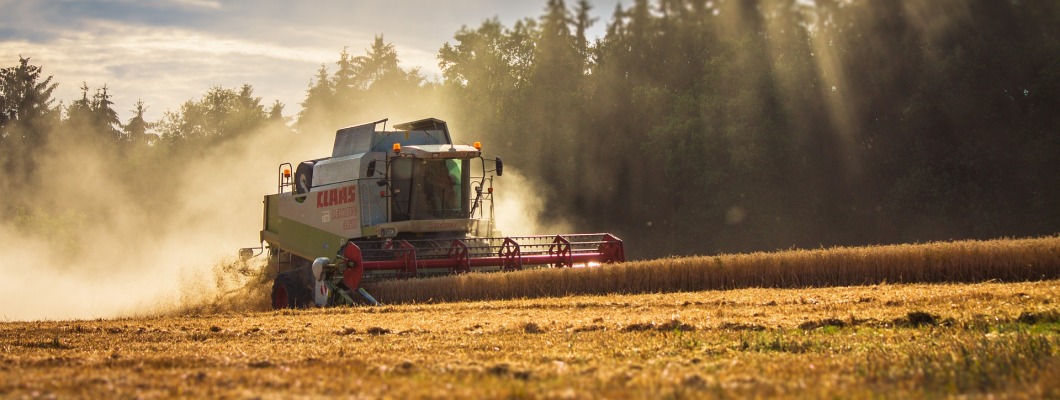WP2 aims to assess the innovations and transformations needed for future terrestrial and aquatic food production. Challenges for the food system are 1) Climate change (rainfall, heatwaves, land scarcity, extreme winds); 2) Environmental effects (chemical additives, water, energy, land, waste and by-products); and 3) Harmful substances (bio-toxins, bacteria, parasites, nanoparticles, antimicrobials, per-fluorinated compounds). Challenges are addressed by specific measures exploring innovations.
Measures: 1) Climate-resilient food production; 2) Reduce inputs; 3) Reduce harmful outputs; 4) Disease resilient food production; 5) Reduce transport; and 6) Increase traceability
Innovations:
● Crop production optimization (heat and drought resistant)
● Resilient crop and livestock (terrestrial and aquatic)
● Promoting biodiversity in production systems (connected to WP5)
● Integrated food systems (including aquaponics)
● Novel foods (connected to WP3 and WP4)
● Novel means of processing including fermentation (connected toWP3 and WP4)
● Closing production cycles (re-using waste and by-products) (connected to WP5 and WP1)
Description of work:
The work will be based on existing projects, activities and initiatives and programs for a holistic understanding of the whole food system. We will start focussing on specific test cases including cereals, legumes, and olive oil for terrestrial, and fish, molluscs and algae for aquatic systems. The WP focuses on the following four main tasks.
Task 2.1) Crop production optimization, biodiversity, and plant breeding
Task leaders: Laura Bassolino, Carolina Rausell, Diego Marazza and Nicolas Greggio Aims: Crop production optimization; gathering and screening advanced germplasms for suitability to healthy food production requirements under climate change scenarios (heat and drought); and large-scale characterization, protection, bio-fortification, and production of healthy food-producing crops under climate change scenarios.
Methods: Remote Sensing data (e.g., Earth Observation derived data) will be used to identify portions of agricultural land not cultivated (bare soil) through the year; dataset of genomic sequences, genes and microRNAs which are candidates for controlling yield and nutritional and health-promoting quality compounds under stress conditions, and disease resistance in plants will be used in the process of implementing the relevant innovations and measures listed above under the aim of the work package 2 (WP2); a key issue would be to gather quality integrated data, information, knowledge and analytical tools for improved models and scenarios in time frames and at scales relevant for decision-making; etc.
Sources: FAO reports and case studies, peer-reviewed literature, and database (Copernicus, EMODNET).
Task 2.2) New developments in integrated food production systems
Task leaders: Holger Kuenhold and Alberto Barbaresi Aims: The task special focus on agriculture, livestock, and aquaculture. Biotechnology and gene technology, safety, quality and the ethical challenges associated with its use and products; integrated multi-trophic aquaculture, aquaponics, and permaculture; new sustainable ingredients for animal feeds, especially in aquaculture.
Methods: Gene biotechnology approaches; constructed wetlands (CWs); recirculating aquaculture systems (RAS); integrated multi-trophic aquaculture (IMTA); utilizing biomass from lower trophic levels (e.g. jellyfish and sea cucumbers); hydroponics; saltwater aquaponics; search for alternative ingredients, such as those from plants (algae Inc.), microorganisms, insects; smart, efficient and sustainable livestock production; etc.
Sources: FOOD2030EU-proofing the European food systems through research & innovation, and CORDIS EU research results, peer-reviewed literature.
Task 2.3) Novel foods based on new ingredients, materials, and processes
Task leaders: Lillian Barros and Pascal Bonnarme Aims: possible replacement of meat production (especially ruminants for the high level of GHGs emissions) by alternative protein-rich foods (e.g., legumes) and alternative sources for vitamins and micronutrients (e.g. seafood), associated low environmental life cycle impacts transformation processes; adding functional and sensorial value to indigenous or local species and recovering functional and bioactive ingredients from food by-products; and developing bioactive rich food products (connected to WP3.2 bioavailability, WP3.3 physiological effects).
Methods: Controlled bioprocesses, such as fermentation; metabolomics; metagenomics; in-vitro, ex-vivo, and in-vivo tests; etc.
Sources: Discussion fora, databases, and research revisions surveys, mainly.
Task 2.4) Food production new risks and safety assessment
Task Leaders Isabel Ferreira and Miguel Faria, Portugal. Partners: CAU, Germany, NIBIO (Norway); REQUIMTE/LAQV (1047, 1107) (Portugal)
Aims: Emerging food safety risk assessment; addressing food authenticity challenges (ingredients, origin, quality, etc.); and development of food traceability solutions (Blockchain, Radio Frequency Identification or RFID, sensors, DNA barcoding, etc.).
Methods: Exchange experience, methods, data and to assess emerging issues; food fingerprinting and profiling analytical methods; disruptive technologies (Blockchain, Radio Frequency Identification or RFID, sensors, DNA barcoding, etc.); etc.
Sources: EFSA reports and databases; info on easily adulterated foods (liquid, pasty, grounded, and non-homogeneous solid foods, for example); and big-data, mainly.

